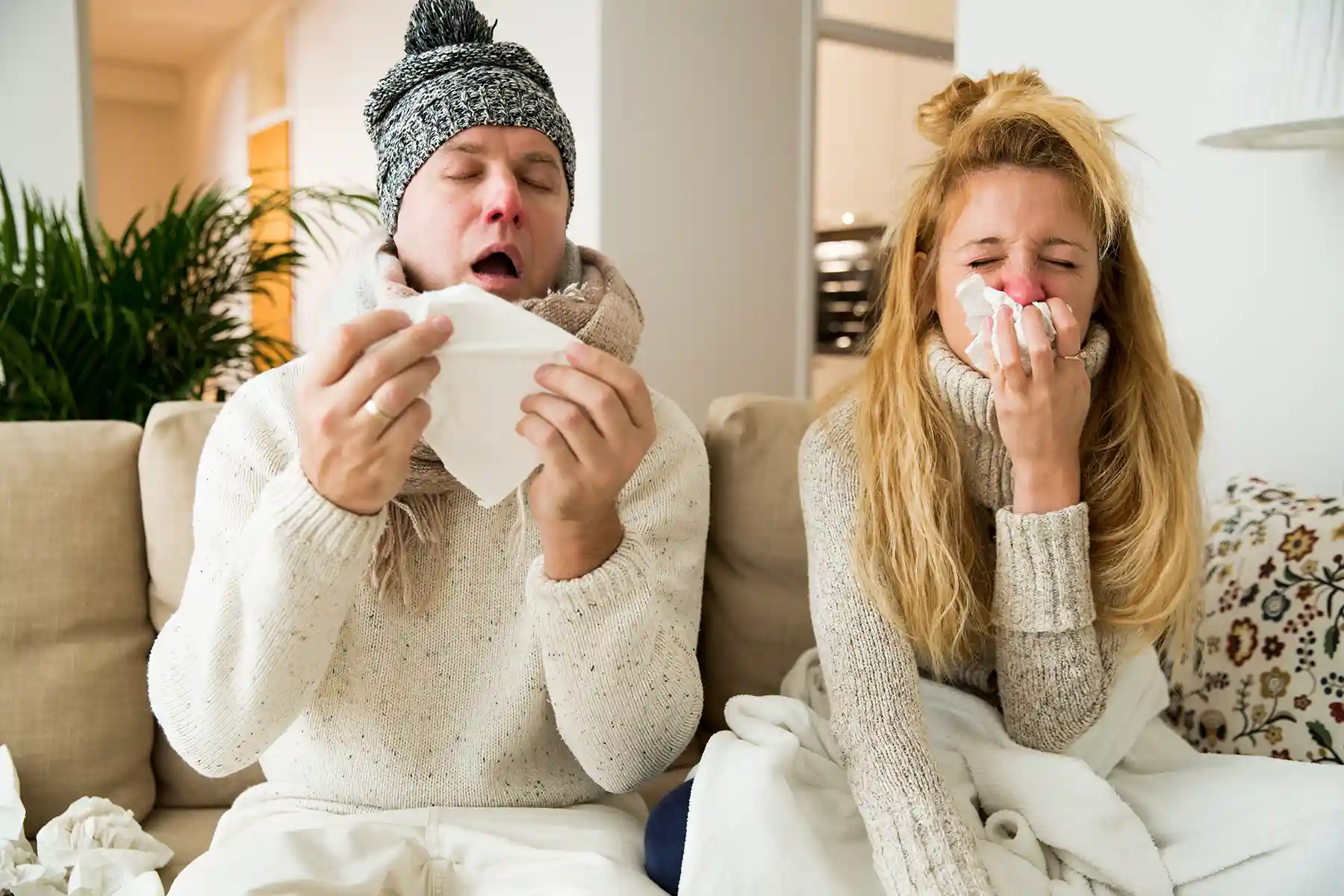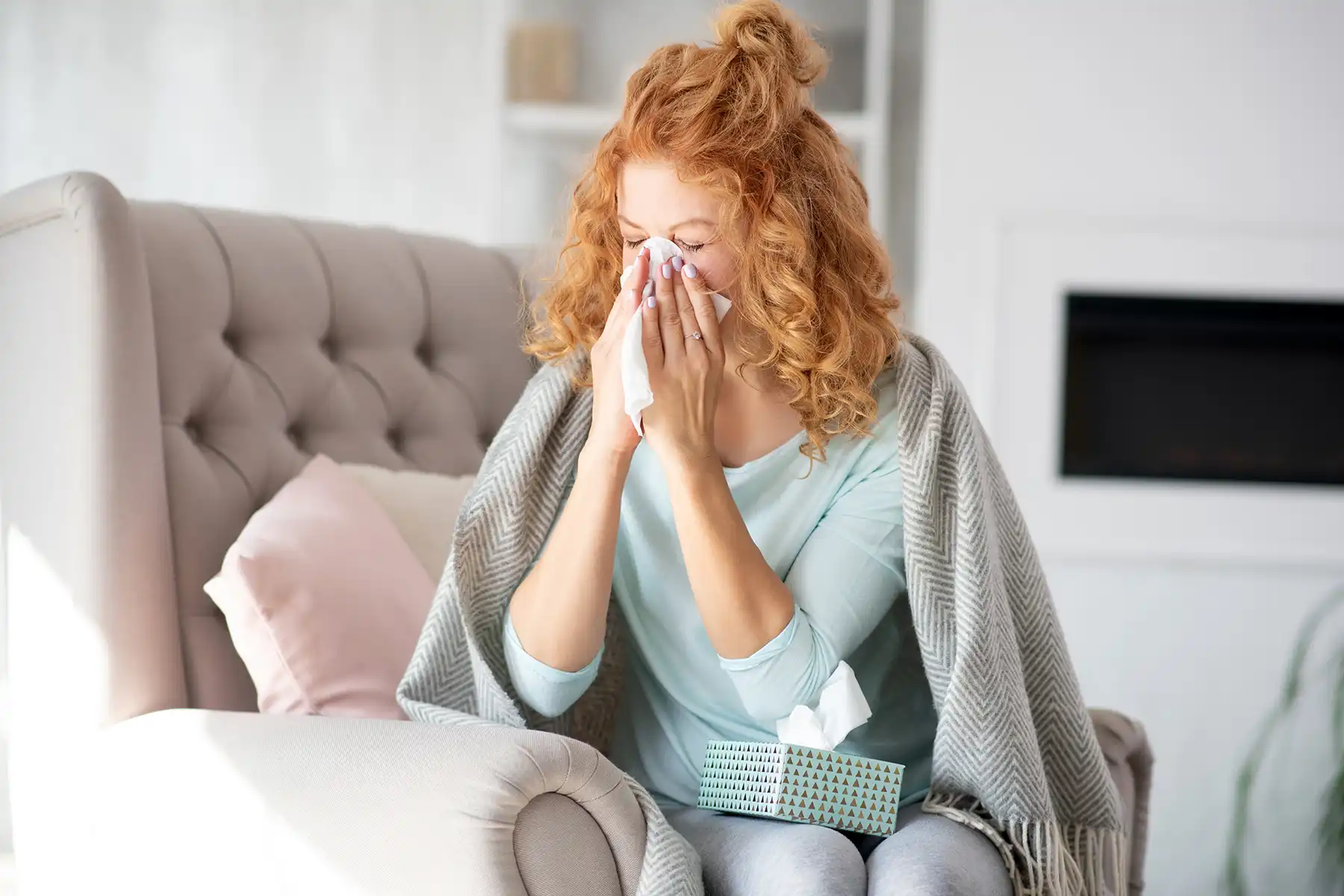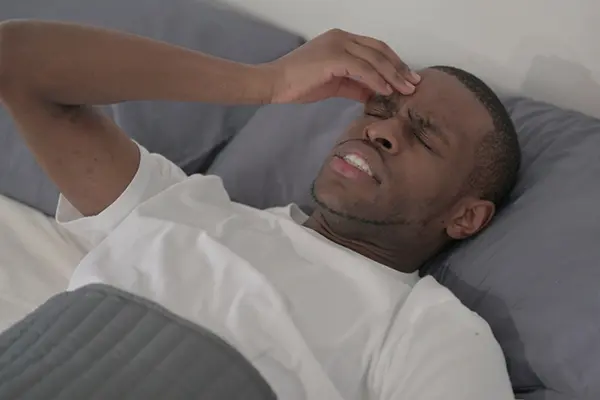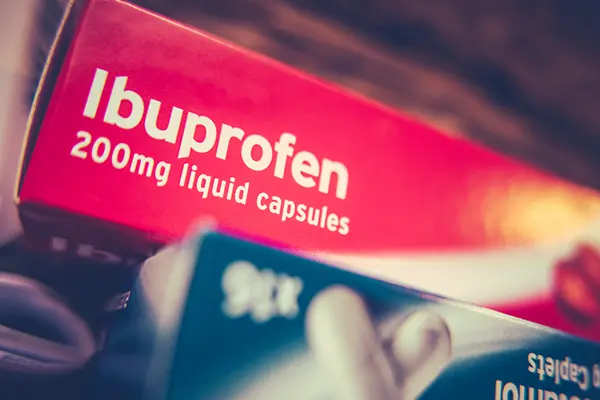What Does Shingles Look Like?

Picture of Shingles Rash on Back
According to the Centers for Disease Control and Prevention (CDC), roughly 1 out of every 3 (33.3%) Americans will develop shingles, also known as herpes zoster, in their lifetime.
An estimated 1 million people in the U.S. get shingles each year, and while shingles isn't a life-threatening condition, it can be very painful.
In this article, we'll discuss what shingles look like, what they are, their causes, symptoms, diagnosis, treatment, and how to prevent them.
What Causes Shingles?
Chickenpox virus is the same one that causes shingles. If you've already had chickenpox, you can get shingles if the virus reactivates in your body.
People who have the following might be more at risk for shingles:
- A weakened immune system
- Emotional stress
- Advanced age
- Cancer treatments or major surgery
What are Shingles?
Shingles is a viral infection causing a painful rash that can occur anywhere on your body.
Shingles usually last between two and six weeks. Many people only get it once, but it's possible to get it multiple times.
Shingles are caused by the same virus (varicella-zoster) that causes chickenpox. After you have had chickenpox, the virus stays dormant in nerve tissue close to your spinal cord and brain.
Scientists don’t know the exact reason why some people get shingles and others don't. It's more common in older people because they have a lower defense against infections.
Shingles most often look like a single stripe of shingles blisters that goes around either the left or right side of your upper body.
Even though there’s no cure, antiviral medication and the chickenpox vaccine can help lessen the chance of getting shingles.
A person should get treatment as early as possible to help shorten the infection and reduce the risk of complications.
Key Point: What is Postherpetic Neuralgia?
Postherpetic neuralgia is a burning pain in the areas of your skin where you had shingles.
Around one in five people (20%) with shingles will get postherpetic neuralgia. People aged 50 and above are particularly at risk.
Many people with postherpetic neuralgia make a full recovery within a year.
Stages of Shingles
There are three stages to a shingles flare up. These are the pre-eruptive, acute eruptive, and chronic stages.
Let’s take a closer look at each phase.
The Pre-Eruptive Phase
Some people experience this stage, also called the preherpetic neuralgia stage, for up to 10 days. However, it usually lasts only about 48 hours.
In this phase, there are sensory phenomena along one or more dermatomes. A dermatome is an area of skin that is mainly supplied by a single spinal nerve.
Key Point: What are Sensory Phenomena?
Sensory phenomena are uncomfortable feelings, including bodily sensations, a sense of inner tension, "just-right" perceptions, feelings of incompleteness, or "urge-only" phenomena.
Early Shingles symptoms common to the pre-eruptive stage include:
- Headache
- General fatigue
- Sensitivity to light
- Fever

Picture of Shingles on Face
The Acute Eruptive Phase
This phase sees an extension of several physical symptoms from the pre-eruptive phase, as well as pain and lesions.
Key Point: What is a Lesion?
A lesion is an abnormal area of tissue inside or outside the body that may get bigger or change appearance, and may or may not be cancerous.
What does shingles look like when it first starts? The lesions start out as macules (small changes in the color of the skin that are flat). They quickly turn into clusters of vesicles filled with fluid.
Key Point: What is a Vesicle?
A structure inside or outside of a cell, which is usually a fluid-filled pouch (such as a cyst, vacuole, or cell) in a plant or animal.
Over three to five days, new vesicles form and burst. During this phase, Shingles are very contagious.
It will take the vesicles about four weeks to dry out and crust over as they heal. Changes in color and scarring on the skin caused by the lesions may be long-term.

What Shingles Look Like When They First Start
The Chronic Phase
This phase is also called postherpetic neuralgia and happens to up to 20% of people who get shingles. During this phase, a person will have consistent pain for more than 4 weeks after the vesicles have healed.
Other symptoms include abnormal skin sensations like:
- Tingling
- Burning
- Numbness
People get this when they press on (paresthesia) or damage (dysesthesia) a nerve. Some people will have severe pain, which can even be disabling, and last for months or years.

What Shingles Look Like on Your Neck
Shingles Symptoms
According to the CDC, the first symptoms of shingles are usually pain and burning. The pain is usually on one side of your body (dermatome), and it’s usually accompanied by a red rash.
However, the rash isn't always red. Different skin tones can make it look dark pink, dark brown, or purple.
The National Institute on Aging (NIA) states that a shingles rash can include:
- A rash that appears on one side of the body, such as the chest, abdomen, back, or face
- A rash on your face and ears
- Itchiness
- Fluid-filled blisters that easily break
- A burning sensation

Picture of Shingles Rash on Side
Some people with shingles experience symptoms beyond pain and a shingles rash. These symptoms may include:
- Fever
- Chills
- Headache
- Fatigue
- Muscle weakness

Picture of Shingles Rash on Side & Back
Rare and serious side effects of shingles are:
- A pain or a shingles rash that spreads to the eye. This should be treated right away to prevent long-term damage or vision loss.
- Ramsay Hunt syndrome. This can cause hearing loss, dizziness, or a loss of taste, and should also be treated right away.
- A bacterial infection that can cause red or swollen skin that feels warm to the touch.
Key Point: Diagnosis and Misdiagnosis of Shingles
Diagnosis
Most people are diagnosed with shingles when they have had pain on one side of their body for a long time, as well as a rash and fluid-filled blisters on the same side of the body.
Your doctor may also take a tissue scraping or a sample of the blisters to analyze in the lab.
Misdiagnosis
It can sometimes be hard to tell the difference between shingles and other types of skin conditions, like:
- Hives
- Psoriasis
- Eczema
When doctors look at the symptoms of a rash, it can help them figure out what caused it. For example, hives are often raised and look like welts. Psoriasis often has red patches with white scales all over them.
Are Shingles Contagious?
Shingles itself is not contagious. It can’t spread from one person to another. However, the varicella-zoster virus is contagious.
If you have shingles, you can pass the virus to another person, which could then cause them to develop chickenpox.
However, according to the CDC, the virus can only be transmitted from the time blisters appear to when they form a crust, so keeping the rash covered will reduce the risk of transmission.
The varicella-zoster virus will stay in that person’s nerve tissue for the rest of their life. For most of that time, the virus remains inactive, but it can reactivate again years later. This could cause the person to develop shingles.
People with chickenpox are more likely to spread the varicella-zoster virus than those who have shingles.
Shingles Treatment
There is no cure for shingles, but if you get antiviral drugs quickly, you can speed up the healing process and cut down on the risk of complications. These drugs include:
- Acyclovir (such as Zovirax, which comes in tablets, creams, and ointments)
- Famciclovir (such as FAMVIR, which comes in capsules)
- Valacyclovir (such as Valtrex, which also comes in capsules)

Shingles can be very painful, so your doctor may also give you:
- Capsaicin topical patch (such as Qutenza)
- Anticonvulsants (such as Neurontin)
- Tricyclic antidepressants (such as Amitriptyline)
- Numbing agents (such as lidocaine, which comes in a cream, gel, spray, and patch form)
- Narcotic medications (such as codeine)
- A corticosteroids or anesthetic injections
How Do I Get More Information About Shingles?
Because everyone infected with the varicella-zoster virus is at risk of developing shingles, the condition is relatively common, especially in older adults.
This means it is very important to speak with a doctor and get tested right away if you think you have contracted it.
If you think you might have shingles, you can talk to a board-certified doctor or nurse practitioner without leaving home. Simply head over to LifeMD.com to schedule a video appointment.
More articles like this
Feel better with LifeMD.
Your doctor is online and ready to see you.
Join LifeMD today and experience amazing healthcare, discounted labs and prescription medications... plus around-the-clock access to medical guidance.









